Shockwave therapy & osteopathy: an inspiring example
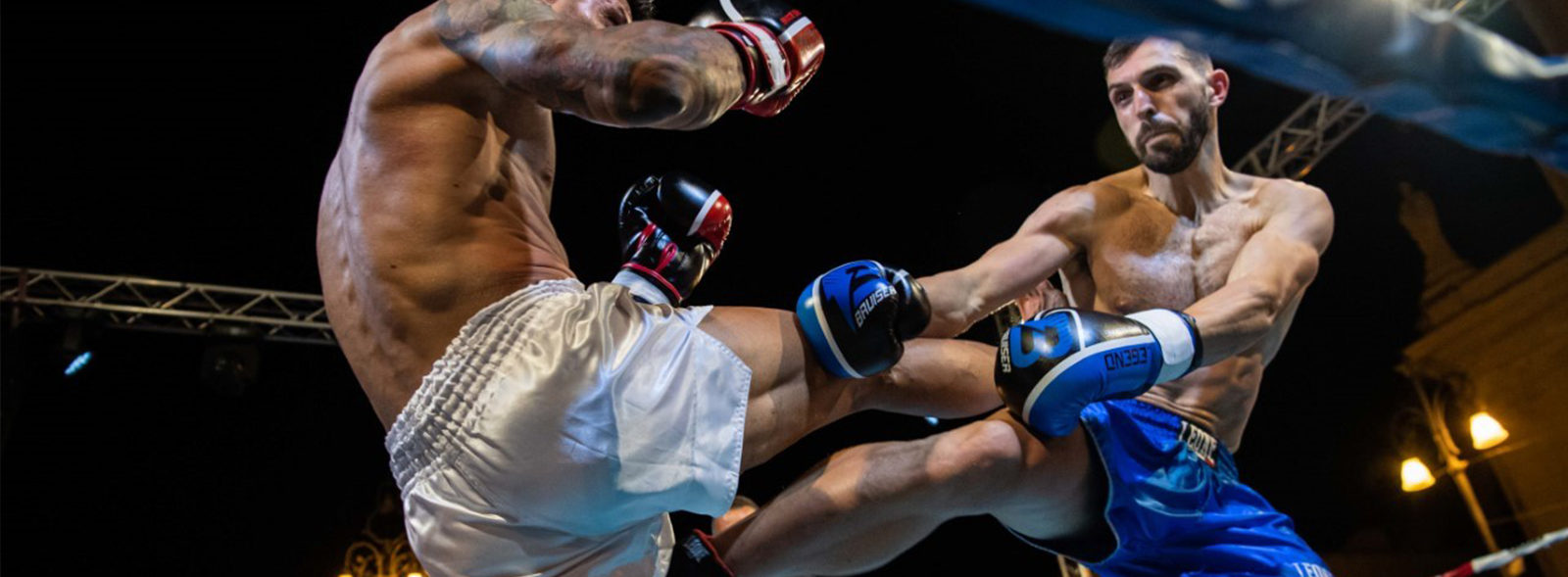
The first thing that pops into your head when you think of shockwave therapy is probably not an image of an osteopath applying this physiotherapy technique in his practice. Nevertheless, shockwave can be a welcome addition to the variety of ways you can help your patients. We tracked down an inspiring example in Eboli, a municipality in the southern Italian province of Salerno, with physiotherapist and osteopath, Dr Michele Luongo.
One of his clients is professional K-1 kickboxer Renato Ferrara. We met with the osteopath and top athlete and picked their brain about treating a common injury in kickboxers.
Who is Renato Ferrara?
Renato is 29 years old and has been an active K-1 fighter since 2015. He started out as an amateur and joined the Italian national amateur team in 2017. He is a three-time winner of the Italian national title (2016, 2017 and 2018). In 2017, he also won the world title in his category. After winning his third consecutive Italian title, he became a professional athlete.
Who is physiotherapist and osteopath Dr Michele Luongo?
Michele is 37 years old and studied Physiotherapy at the University Cattolica del Sacro Cuore in Rome. He graduated summa cum laude in 2006 and specialised in the treatment of patients with post-traumatic musculoskeletal pathologies, in both acute and chronic phases. To further specialise, he studied Osteopathy at the A.T. Still Academy in Bari and graduated in 2014. He has been treating his patients from his private practice in Eboli for over 11 years.
Physio techniques boost Michele's treatments
“I predominantly use manual and osteopathic techniques in my practice”, says Michele Luongo, “but I prefer supplementing and facilitating my treatments with the use of electromedical equipment that assists in applying physiotherapy techniques such as shockwave, TECAR or ultrasound therapy. Of course, it goes without saying that every treatment I carry out is patient-specific and that I use and combine all means available to help my patients.
Premium performances require professional treatments
“Being a K-1 professional athlete means constantly putting my body to the test with very intense workouts and training sessions”, says Renato. “To perform these workouts in the best possible way and not sustain injuries, I must take good care of my body. My nutritionist Dr Gerardina Ferrara supports me with nutritional advice, my physiotherapist/ osteopath, Dr Michele Luongo, with periodic check-ups and treatments.”
What are common injuries among kickboxers?
Renato also told us that the problems that K-1 fighters commonly encounter are often directly related to the kicks and injuries that fighters sustain during the fight. Likewise, the sport does not spare the athlete’s muscles, particularly the thigh flexors, quadriceps and spinal muscles are prone to injury. Renato in particular struggles a lot with issues concerning his anterior tibialis muscles.
Treating anterior tibialis muscles with shockwave therapy
Based on what Renato told him about his tibialis anterior muscle problems and his knowledge about Renato’s condition, Michele proposed a treatment using shockwave therapy. His experience with athletes and sportspeople in general taught him that they usually respond well to shockwave therapy and that, subsequently, better -and in time-, longer lasting results can be achieved. Michele’s shockwave interventions and protocols have even further improved through his wielding of specific fascia applicators. Their adaptability to various anatomical areas allows for precise treatments, whether as part of a traditional shockwave therapy treatment or as a standalone therapy.
“I am convinced that treating the anatomical area in all its completeness and complexity is crucial. That is why I came up with a 4-step treatment, for both passive and active modes.”
Fascia therapy with shockwave fascia applicators
The protocol Michele used to treat Renato’s tibialis anterior muscle consists of four sequences:
| First sequence: | |
| Applicator: | Knuckle |
| Pressure: | 2,5 bar |
| Frequency: | 12 Hz |
| Number of shocks: | 1 500 |
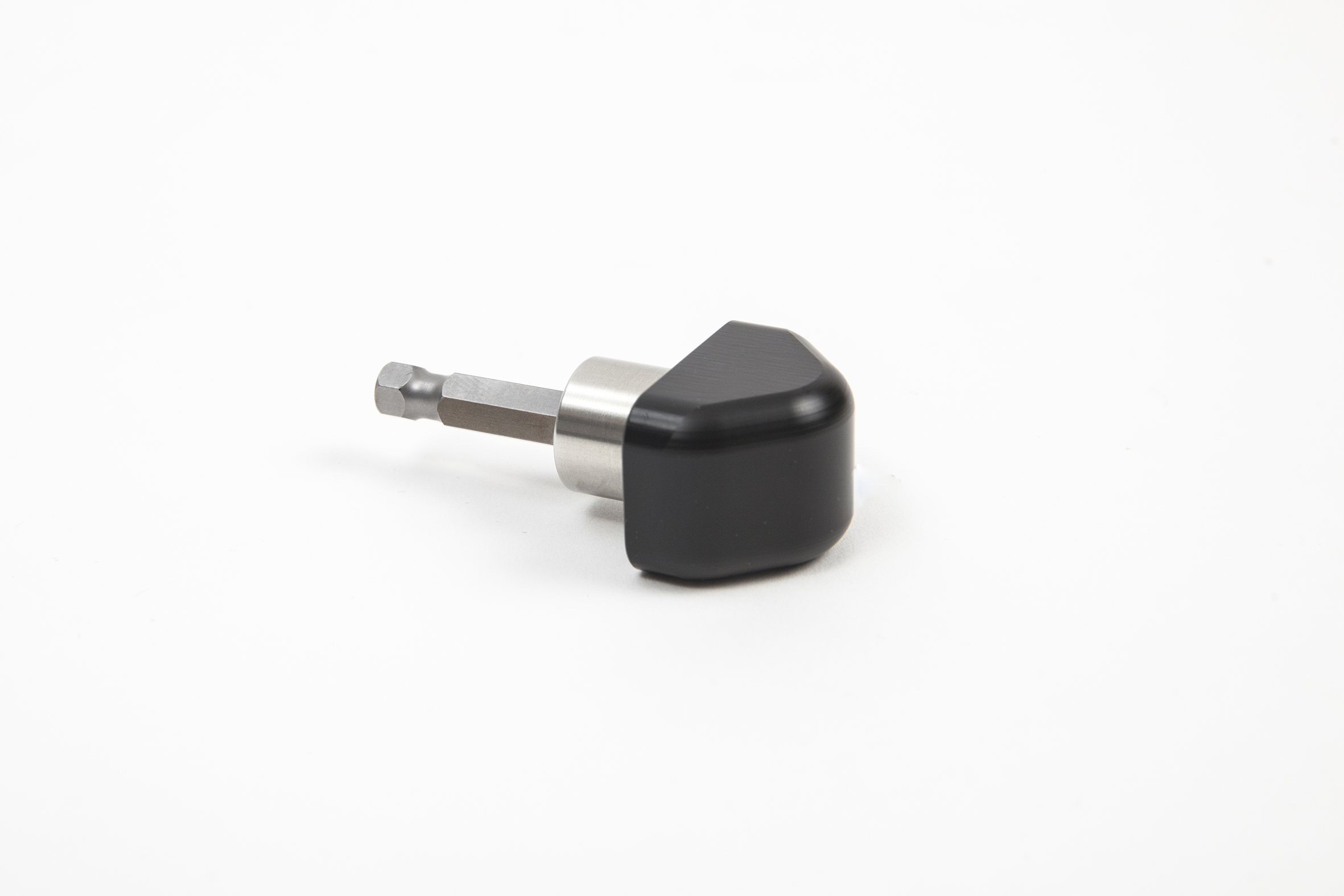
Michele works on the whole muscle belly reaching all the way down to the ankle, but does not treat the tendon. During treatment, Michele asks Renato to, every now and then, bend the tip of his foot up and down. In this fashion, Michele can work on both deeper and more shallow levels of the muscle bundles. According to Michele, this approach will yield more comprehensive results when compared to an exclusively passive treatment. He aims to avoid working directly on the tibial crest as the protocol has anticipated a specific direct treatment to desensitise the tibial crest.
| Second sequence: | |
| Applicator: | Scoop |
| Pressure: | 2 bar |
| Frequency: | 12 Hz |
| Number of shocks: | 1 000 |
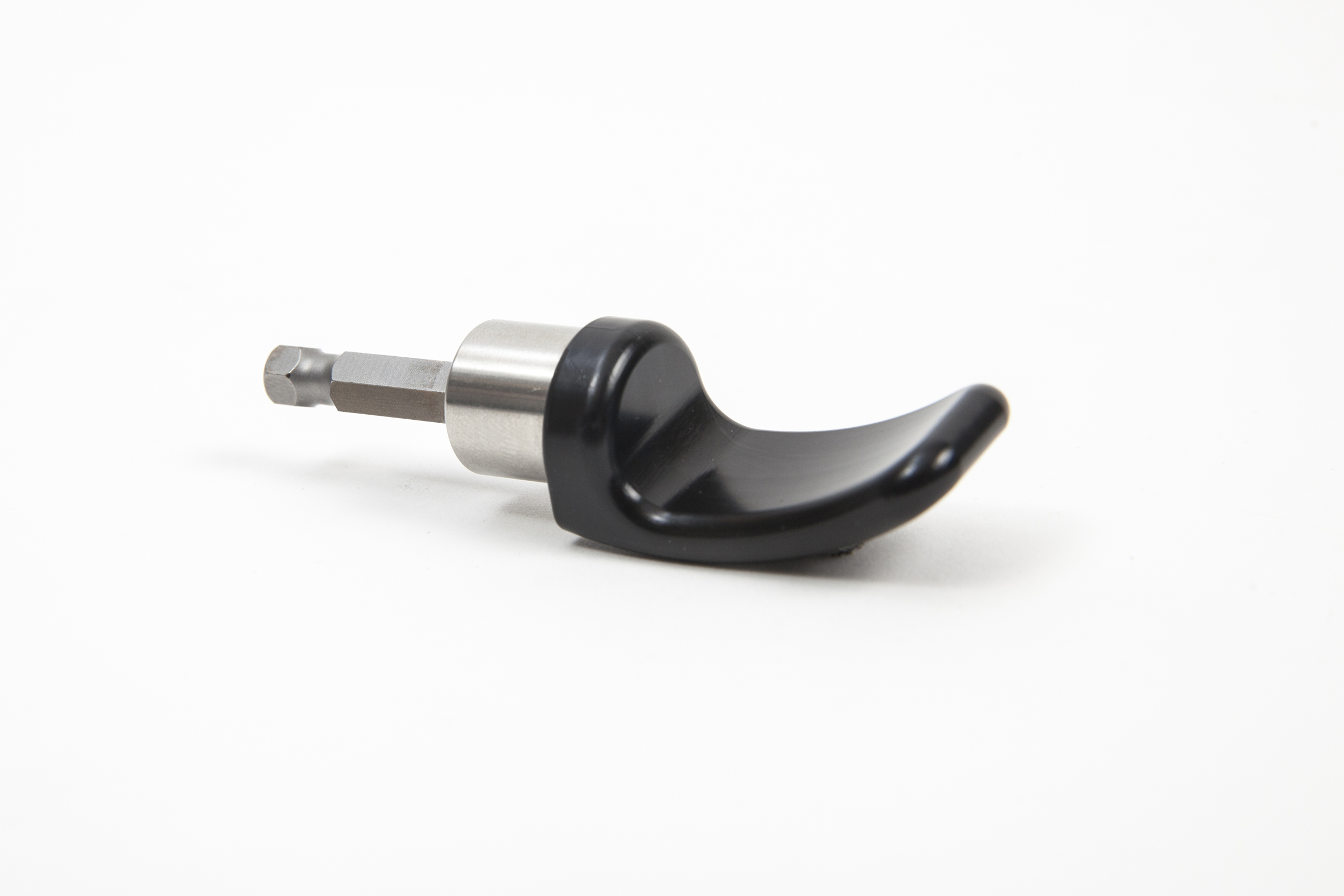
Michele leans directly on the tibial crest to accurately work on the tibial insertion. While continuing to work along the tibial crest with the scoop to relieve the area, (a light) hyperaemia will appear. This demonstrates that the fasciae are starting to respond to the treatment.
| Third sequence: | |
| Applicator: | Sphere |
| Pressure: | 2 bar |
| Frequency: | 15 Hz |
| Number of shocks: | 500 |
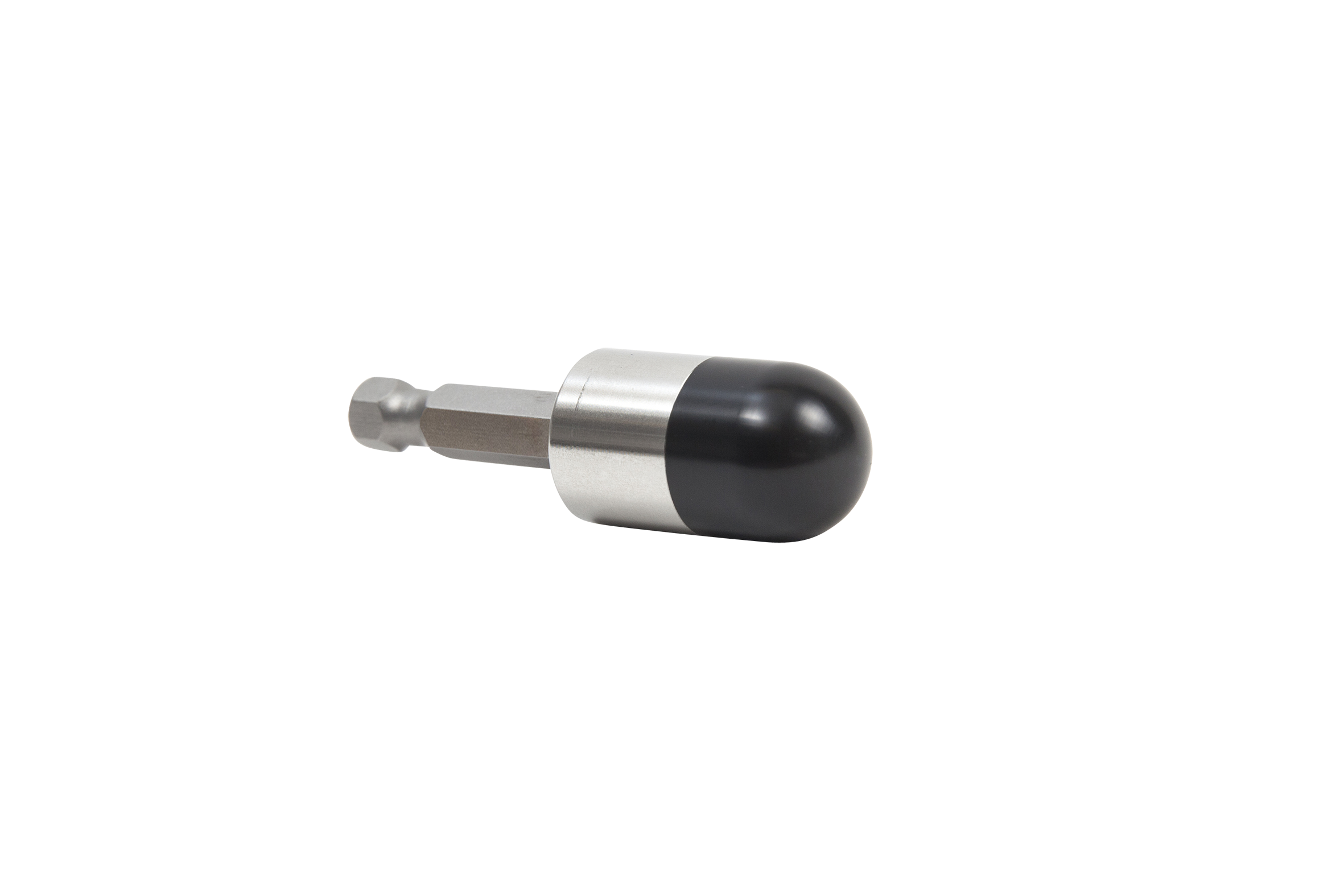
| Fourth sequence: | |
| Applicator: | V-Actor |
| Pressure: | 2 bar |
| Frequency: | 31 Hz |
| Number of shocks: | 3 000 |
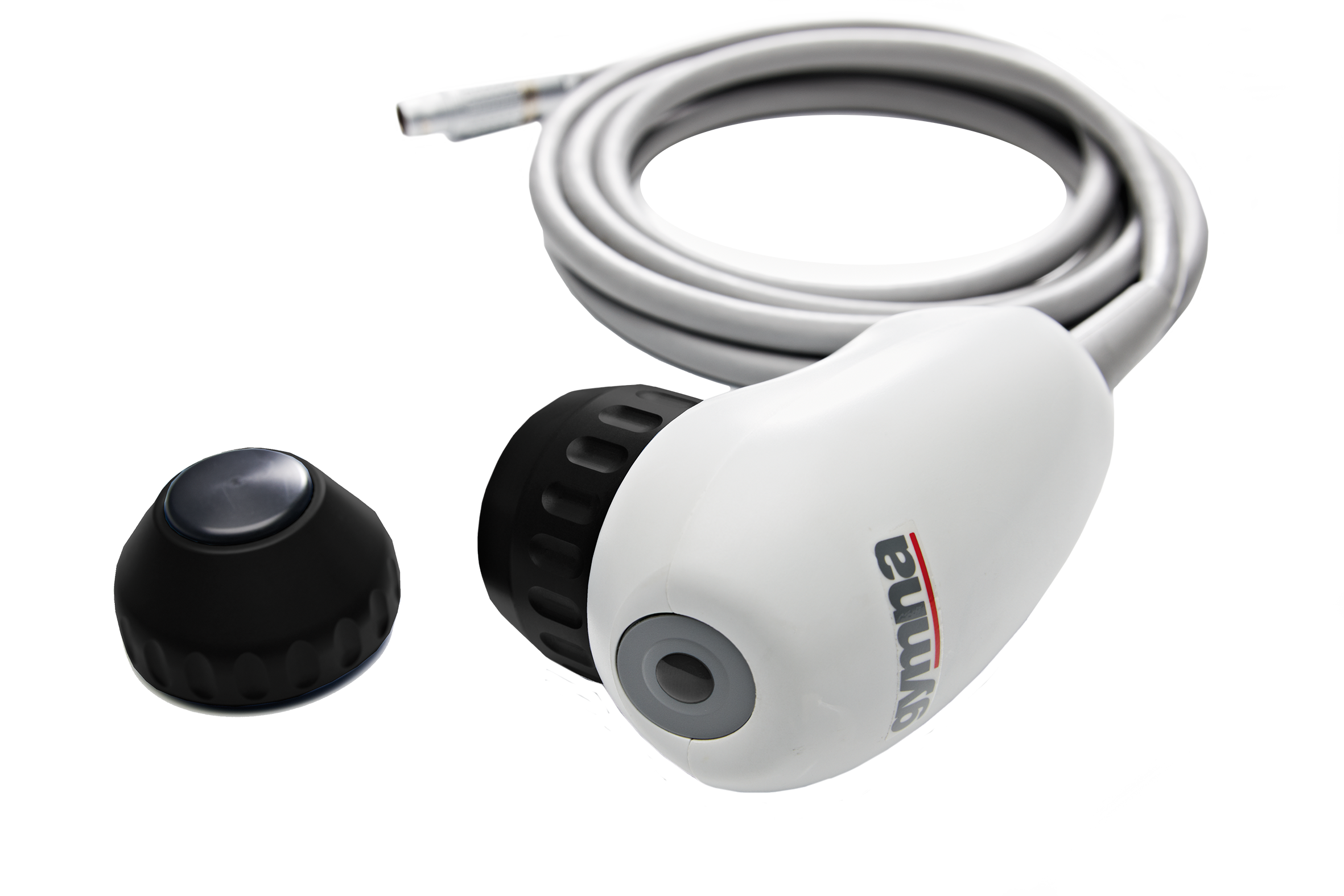
Consider this phase the release or relaxation phase in which lymphatic and vascular discharge/ drainage of the area can be obtained using the V-Actor. Michele works along the entire length of the tibialis anterior to activate the reabsorption processes.
The fascia therapy treatment protocol in a nutshell
Michele repeated this treatment protocol for six sessions. He recommends performing this treatment for six to eight sessions to get the desired results. Contrary to manual fascia therapy, treatments based on this stand-alone fascia protocol is less demanding on the hands, reproducible and allow for constant pressure and frequency.
The treatment takes approximately 10 minutes and gives the therapist ample opportunity and freedom to further supplement and complete the treatment through exercises or manual therapy for an even more thorough treatment. While the treatment has given Renato the relief he desperately needed, the fascia applicators generate an extra dimension to Michele’s treatments.
What was Renato’s experience?
“In my opinion, the treatment is not very painful”, declared Renato, “on a scale of 1 to 10, I would score it a 3. Considering the sport I practice, my pain tolerance is relatively high. What is very important to me though, is that the apparent improvement occurs almost immediately.
Only a few hours after being subjected to the treatment, I am back in the gym working out, a result I never achieved with other treatment techniques. The pain is less intense after the treatment and I can train again without any problems. This improvement allows me to speed up my recovery and have a more prolonged benefit over time, which works perfectly for me!
Michele's recommendation to his fellow therapists
“I’d like to tell my colleagues that shockwave therapy has quickly become extensive and versatile. At this point, it can truly be considered a fundamental part of the electromedical therapies we carry out daily. Moreover, considering that it is now also possible to carry out fascial treatments with these specific fascia applicators, it is easy to imagine how shockwave therapy can be used in almost all of your treatments. Isn’t that fantastic news?”
